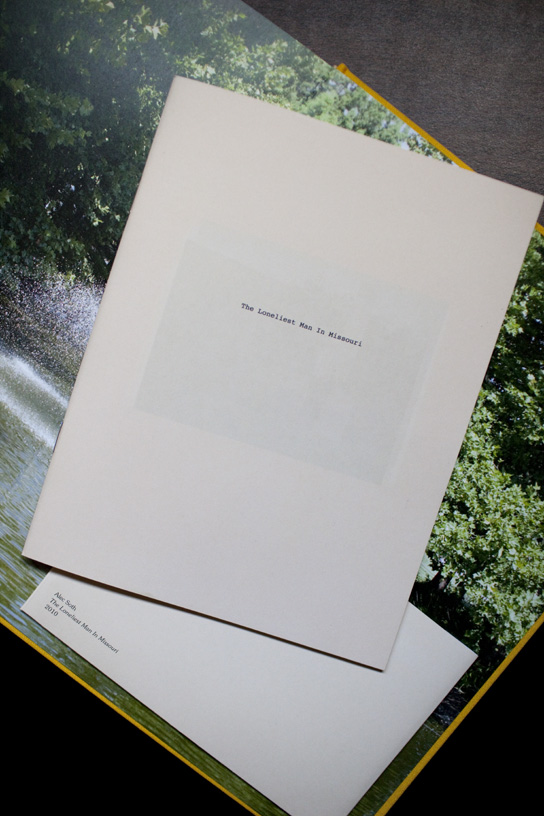 Alec Soth's work is anti-cliché. He creates original images of often familiar subjects. My favorite is the book within the book in "From Here To There: Alex Soth's America".
Alec Soth's work is anti-cliché. He creates original images of often familiar subjects. My favorite is the book within the book in "From Here To There: Alex Soth's America".
How do you avoid making photographs that are clichés? Chances are that you can’t, at least not completely.
Why is it so hard?
Avoiding clichés requires one of two things: An original approach or an unexplored subject matter and ideally, both. In other words, figuring out a new way to make pictures of a tried and true subject is one way. This usually means telling a specific, dynamic story. The other is to discover or conceive of a subject that hasn’t been trampled to stereotype. Do both and you’re a genius.
Let’s start with a list of THE TOP 10 CLICHéS*
- People with an illness, especially children
- Twofer: Portraits of people with their arms crossed; portraits of people holding portraits of people who are most likely dead.
- Photos of the odd person out (Anyone who is outside the norm. I realize that this puts most journalistic photography into cliché land. And it is.)
- Cowboys or Native Americans
- Twofer #2: Photos of strippers or the homeless
- Photos of famous people
- Photos not made in your home country
- Photos of anyone in any type of uniform
- Twofer #3: Silhouettes or photos of the backs of people
- Photographs that include window reflections
Amazing photographs of all these subjects and approaches to making pictures have been made and used for decades, and they will continue to be made successfully for decades to come.
The challenge is that the more clichéd the subject or approach to making a picture, the more you have to do better than what has been done. The first step is recognizing why it’s a cliché.
One thread through all of these is the perception that the subject matter makes the photograph interesting, especially when the subject is perceived to be inherently interesting. That’s the nature of a cliché, at one point they are interesting but the subject matter has been tapped so many times at the superficial level that new iterations aren’t engaging. That’s also why the odd person out category is so attractive to pursue - the subject isn’t like you.
Follow that logic through some of these examples. You’ve probably heard the advice: “If you want to make a mark in the business, go overseas and make pictures.” Some people go to photograph conflict or other forms of devastation, others go in search of life that is different and there are fewer photographers. But if your pictures aren’t well made in your home country, they probably won’t be overseas. Unless you change, or the experience exposes you to a new paradigm.
Sick children are another class of story that has inherent drama - life and maybe death, relationships, a universal aspect - we’ve all been young - and a child’s illness is a process to follow. Most stories about sick children are process stories. They track the progression of a disease to a conclusion.
Process stories are those that follow something in a this-then-that way and the photographs are mostly about the verb layer, they’re similar in composition and distance from the subject, the light works only as well as it does wherever things are happening in the process and photos are often converted to black and white because you can’t make the color work in those settings.
Photographs of famous people that rely on recognizing the person and his or her notoriety/face to be interesting are another class.
So how do you go beyond what has been done to exceed the clichéd path? Clarity, uniqueness and depth of the story you set out to tell is the best way. That’s true whether it’s a well trodden topic or not.
If your story has a beginning, middle and end and that’s it, then it had better be a phenomenal trio. If the pictures don’t go beyond the title of your story, then evolve the story telling. If you find versions of your story subject done by others and what you’re doing is no better, then make it better.
If you need help elevating the story, I’m here.
* There are actually 13 listed. The list could be hundreds long. (A shorter list would be things that aren’t clichés.)
